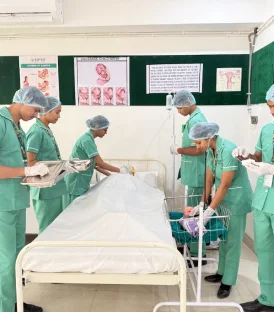June 08, 2024
It is a laboratory test typically used in blood transfusion procedures to ensure compatibility between the blood of a donor and a recipient. The main goal is to prevent adverse reactions that can occur when a patient receives incompatible blood. Here’s how cross matching works:
1. Blood Sample Collection: Blood samples are taken from both the donor and the recipient.
2. Initial Testing: Both samples undergo initial testing, including ABO blood typing and Rh factor determination, to ensure that they match in basic blood group and Rh status.
3. Cross Matching Procedure:
1. Major Cross Match: The recipient’s serum is mixed with the donor’s red blood cells. This tests for any antibodies in the recipient’s blood that might react with the donor’s red blood cells.
2. Minor Cross Match: The donor’s serum is mixed with the recipient’s red blood cells. This tests for antibodies in the donor’s blood that might react with the recipient’s red blood cells, though this is less commonly performed since the donor’s plasma volume in transfusions is relatively small.
4. Observation: The mixtures are observed for agglutination (clumping) or hemolysis (breaking down of red blood cells). Agglutination or hemolysis indicates incompatibility, meaning the blood is not safe for transfusion.
5. Indirect Coombs Test: Sometimes included, this test checks for antibodies in the recipient`s serum that might not cause immediate reactions but could cause issues after the transfusion.
If cross matching indicates compatibility, the blood is considered safe for transfusion. If incompatibility is found, alternative blood units must be sought. This process is crucial in avoiding transfusion reactions which can be life-threatening.
Blog submitted by:
Ms. Mansi Nagar

















